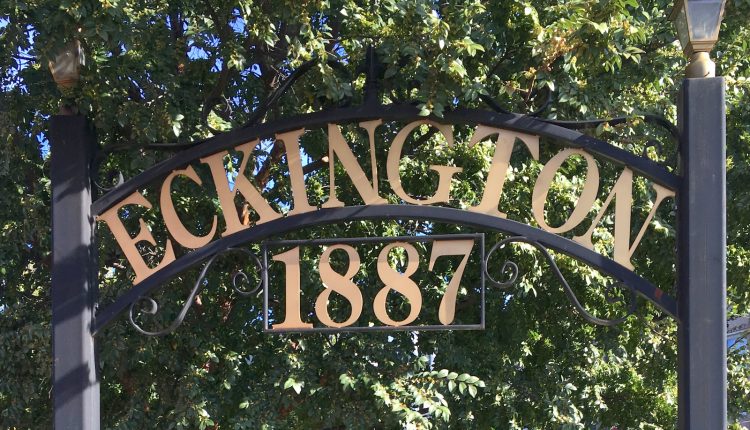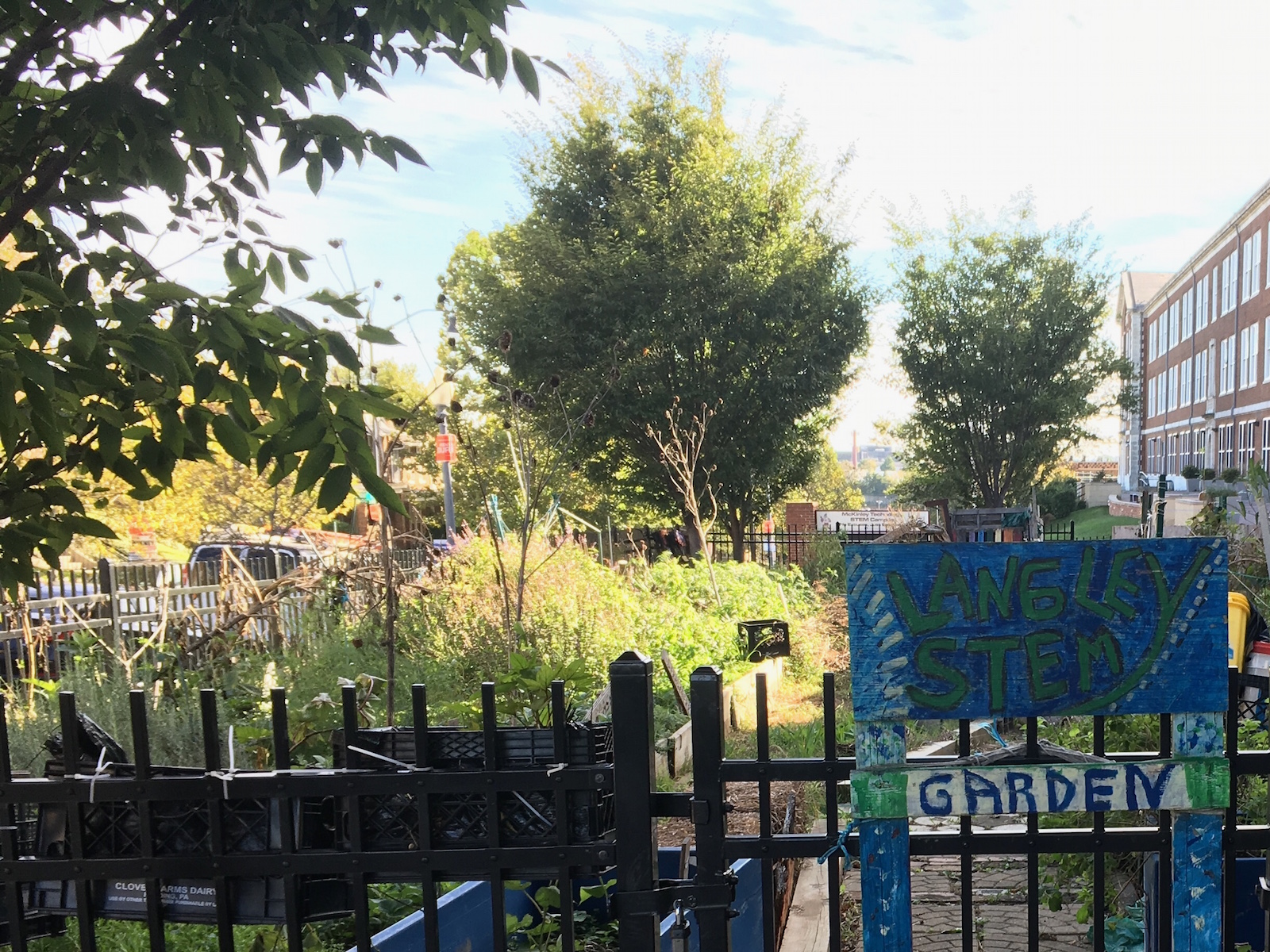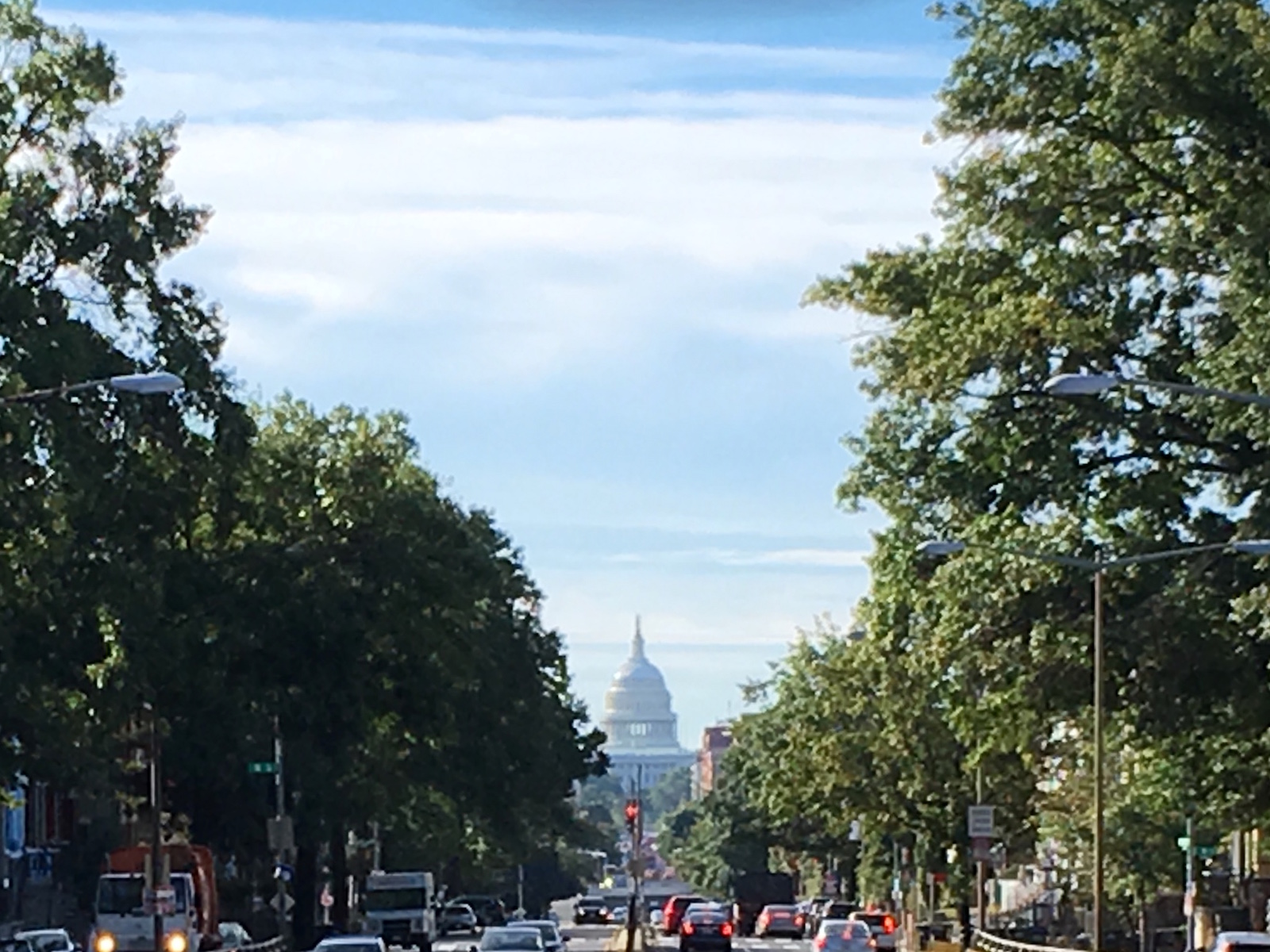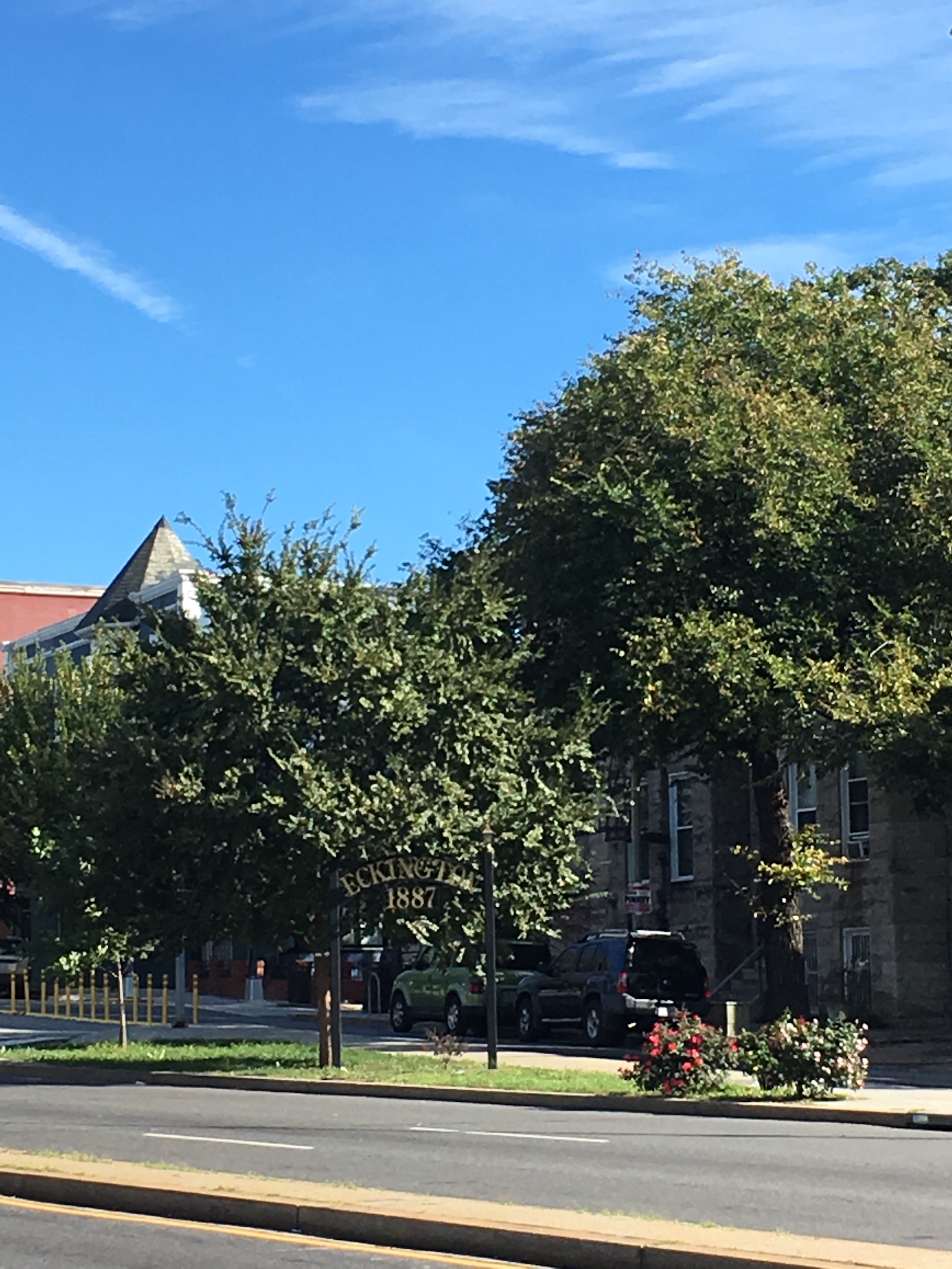
Eckington looks to celebrate its history with DC’s 18th Neighborhood Heritage Trail
Cultural Tourism DC is laying the groundwork for its 18th Neighborhood Heritage Trail in the city — this time in Northeast’s Eckington neighborhood. The area has been a desirable place to live for years and is becoming increasingly popular. As new residents move in, the new trail will highlight aspects of the area’s history. “People lived here and lived great lives,” noted Cheryl Crowell, Cultural Tourism DC’s director of business development.
Cultural Tourism DC is an independent nonprofit organization that promotes the District’s historical legacy with projects such as its annual WalkingTown DC tours and the Heritage Trails, which are officially designated walking trails created in partnership with the DC Department of Transportation. Anyone can take self-guided tours using the free digital materials on Cultural Tourism DC’s website. These include guidebooks for 15 neighborhood trails, maps of two trails, audio tours and videos of select paths, and a written guide to the African-American Heritage Trail with over 200 sites throughout DC. The trails themselves incorporate guideposts with historic information and provide opportunities for leisurely exercise around the city.

The first community planning session for the Eckington trail took place Oct. 4 at The Summit at St. Martin’s apartments on T Street NE. Eckington stretches from Rhode Island Avenue in the north to Florida Avenue and New York Avenue in the south and is bounded to the east and west by the railroad tracks and North Capitol Street, respectively.
At the Oct. 4 meeting, Andrew Viola from 50 Florida Avenue Development Associates LLC — which is funding the Eckington Neighborhood Heritage Trail — reminisced about his involvement in development projects along the U Street NW corridor when many people associated it primarily with the riots following Dr. Martin Luther King Jr.’s assassination. Cultural Tourism DC’s first Neighborhood Heritage Trail focused on U Street, and like the later iterations it honors the past in the midst of present-day changes. Crowell mentioned, for example, the decades-long reputation that the bustling corridor enjoyed as Washington’s “Black Broadway” in the first half of the 20th century, a fact that is memorialized in the U Street guidebook.
Cultural Tourism DC hosted the town hall meeting to gather information about Eckington from the folks who know it best: its residents. Ten people participated in the first conversation, which is just one in a series of sessions to plan the trail.

Though DC’s population today hovers around 700,000, the opinions expressed at the meeting made the city seem like a small town. While making suggestions for the trail, those present all expressed how much they loved the neighborhood. Longtime Eckington resident Robert Norris pointed out that it is “absolutely beautiful” and that from certain points you can “look south and see the Capitol, clear as day.” James E. Pittman, who used to live in the area, added that in earlier years you often couldn’t see the Capitol because of the “canopy of green” along the tree-lined streets.
Most of the homes in the community date to around the turn of the 20th century, when they were first sold for just $6,000 to $11,000. They were built with excellent craftsmanship: Their pinewood floors still hold up today. Shelley Vinyard, a newer resident of Eckington than many of the meeting participants, mentioned that the wood-frame homes with wraparound porches on 3rd and 4th streets are said to be the oldest in this part of town. Attendees also discussed landmark buildings in the neighborhood, such as the old National Geographic Society building that now is a library storage facility and Langley Elementary School, where historic tools were recently found.

Amid fond memories there were also dark times. Segregation restricted who could live where in the neighborhood, and people were shot dead in an era that Pittman described as “pretty Wild West.” Eckington advisory neighborhood commissioner Sylvia Pinkney recalled “lots of drugs” and people out all night. But community members refused to let the community wither. As they worked to improve life in the neighborhood and create a more pleasant atmosphere, they planted trees and cleaned up blocks and stores. There’s now an annual Eckington Day, which this year will be held on Saturday, Oct. 27.
Though the challenges led many people to move out, those who have stayed in Eckington say they are deeply invested in the neighborhood and proud of the heritage that will be showcased in this trail.
Cultural Tourism DC’s goal is to work closely with the community to tell the stories that are important to those who have lived there. To that end they are seeking personal photographs, anecdotes and historical data, as well as suggestions for the trail’s route, icon, color scheme and a descriptive, memorable phrase that describes Eckington (examples from earlier projects include “Roads to Diversity: Adams Morgan Heritage Trail,” “City Within a City: Greater U Street Heritage Trail” and “Worthy Ambition: LeDroit Park/Bloomingdale Heritage Trail”)
Steve Shulman, executive director of Cultural Tourism DC, said the trail’s planners welcome all types of input, noting that even imperfect artifacts, such as damaged photos, can be restored by Cultural Tourism DC.
Locals can also use this opportunity to learn best practices in chronicling history. DC-based historian and writer Mara Cherkasky, a senior scholar at George Washington University and a project team member, offered to teach interested participants how to conduct interviews to record oral history.
Residents interested in helping with creation of the new heritage trail are asked to contact Mara Cherkasky at mcherkasky@CulturalTourismDC.org.


Comments are closed.